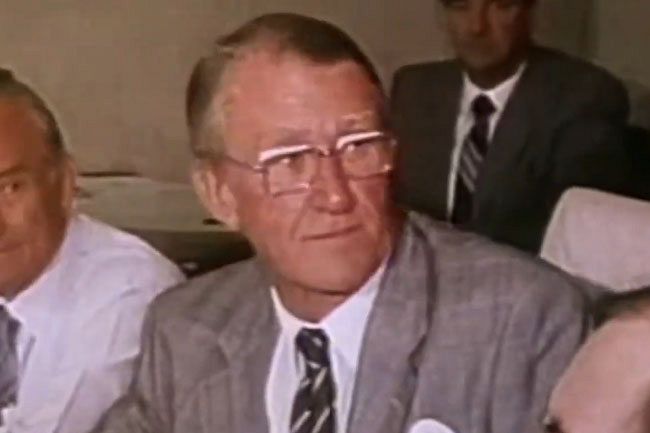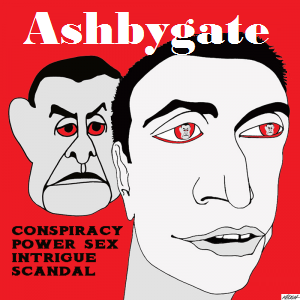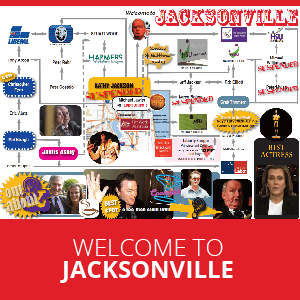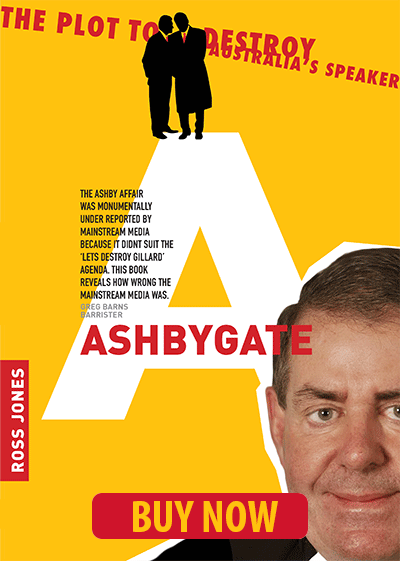Malcolm Fraser’s legacy is one of contradictions — the conservative reformer who came to power through upheaval, then spent years reshaping his image through acts of compassion and reform, writes Dr Lee Duffield.
(This is the second article in a two-part series. Read part one here.)
JOHN MALCOLM FRASER’s disruptive accession to the Prime Ministership, through the peremptory dismissal of his predecessor by the Governor General, denied him any easy transition. He had a taste for reform and in easy circumstances wanted to be genial, but an immediate election had been called and it would be bitter.
In 1975, any charm offensive, so to speak, would be put on hold for the duration of that year’s election. It was brought on to “clear the air” after the economic setbacks, issuing out of the 1973 oil embargo and the political brinkmanship of the embattled Whitlam Government.
Talking neoliberalism, doing austerity
Malcolm Fraser, in that winning campaign, was briefly and aggressively a shouting convert to neoliberalism, a new thing from America: “Get government off our backs” and “give business a go”, “no red tape”. He had a rough-diamond offsider very strong on this, a Minister from Western Australia, Reg Withers, zealous about removing all regulations: “Let ‘er rip!”, he’d say.
Fraser put it around during that time that he was a follower of the American writer Ayn Rand, a Russian émigré expounding “economic rationalism” over altruistic thought.
However, that particular enthusiasm did not last; the incoming Prime Minister was not a man for implementing theories — and he had to start living down his action from 11 November. It would, in fact, be a Labor Treasurer, Paul Keating, who got Australia into deregulation and privatisation on a large scale in the 1980s.
The main thrust of economic policy after 1975 was to quell high inflation and, in the process, get revenge on any of us, employees, who might have been prospering from higher wages under Whitlam. The device was partial indexation, after national wage cases in response to rising prices, where only part of a general wage increase would be paid. For mortgage holders, it meant you might get enough to cover a rise in interest rates, but nothing more to meet all the other price rises.
“We’re like a family that has overspent itself,” he would say, and “Life is not meant to be easy.” Those of us on the receiving end of this austerity wanted to know if the slogans applied to his own life. Faced with considerable anger from families, by 198,0 he began improvising assistance, like some handsome grants, one for first-home buyers at $900, sufficient to cover conveyancing and charges. These did nothing to restore trust on the way to his defeat in 1983.
The dismemberment of the first national health scheme, Medibank, produced some years of shambles. It became Medibank Private, charging premiums. The process was enough to cement the view that not only a reactionary, but an inept government had taken over. For a long interim period, the Federal Government, improvising, pro team, directly paid for excess business driven into the public hospital system.
Several cases emerged of patients squeezed through during this time, getting major surgery and the like, not charged; confused, then relieved, also bewildered — others missed out. Labor under Bob Hawke would bring back national health care under its new name — Medicare.
Although the Fraser Government tried to get back to the Menzies model, the necessary wave of prosperity had become fitful; when the Government fell in 1983, inflation remained painful and much of the country was in the grip of a drought; the cold man, always “entitled”, but now conceding on the night, had a cry about it on television.
He had moved in style from presenting as an “old young man” to a “young old man”, especially when plagued with some ill-health, telling the country not to worry, his mate Doug Anthony would be “minding the shop” while he was hospitalised.
Trying reforms
As well, Fraser had, maybe incongruously, set out to implement measures that would belie his old-world conservatism and privilege, and appeal to a broader range of citizens. It could even help with the re-imaging, from coup-plotter to liberal-thinking agent of change.
For example:
- Fraser dumped Sir John Kerr. The drunk man began keeling over at public events. He received moral support from the “Palace”; they heaped some extra honours and ribbons on him, but it was all just a sweetener for being let go. In a situation rich in irony, getting cold-shouldered by the cold man he’d put into government was enough to finish off Kerr. He resigned barely 18 months after his day of arrogated power.
- Setting up the Special Broadcasting Service (SBS) for ethnic communities. Fraser had certainly refused to give the channels to the ABC, heavily bashed by this party while in Opposition for being a public, not private, media enterprise. But, apart from the Melbourne ABC radio station 3CR, which was shut down, he did not undo Labor initiatives in broadcasting, particularly the start of FM radio, including community stations.
- Continuing work started by Gorton and Whitlam to protect the Great Barrier Reef, to set up the marine park, preventing oil prospecting planned by the Bjelke-Petersen Government in Queensland.
- On an international panel to determine outcomes for Southern Rhodesia, the Australian delegation unexpectedly supported a route to independence for the nationalist side against the White colonists. So Zimbabwe was created, which would turn out to have many bad outcomes, but it saw Malcolm Fraser tossing off any presumption of racism or reactionary colonialism.
Recasting the 11 November 1975 man
As an outcome of the leap off the Patna on 11 November 1975, Australia experienced a cobbled together mixture of government: Wild-eyed Malcolm Fraser, the economic rationalist making war on government itself, “red tape” and, especially, government employees; young old Malcolm still trying to be Menzies; Malcolm the Good tinkering with major-scale reforms.
After retirement from politics in 1983, work on rehabilitation, building the reformed character began in earnest. It brought very large contributions to humanitarian and environmental causes, reflecting actual strong personal commitment, especially leadership against racial prejudice. Search engines give a positive summary:
Malcolm Fraser's charitable work focused on humanitarian aid, refugee advocacy and environmental conservation. He was the founding chairperson of CARE Australia (emphasising local and women-led aid projects), was a strong supporter of the Asylum Seeker Resource Centre (ASRC), and championed various environmental conservation initiatives.
All this activism did not sit well with his old party. In July 2009, nearly 25 years after his elevation to government by Kerr, he resigned from the Liberals. The leadership had been grasped by Tony Abbott, the boxer and religious enthusiast they called the “Mad Monk”, too distasteful to the Old School.
What had become of the snob, the dullard, the imperious one, the good-guy humanitarian, the “Lord Jim” who jumped off the Patna to make his own unseemly grab for power? Which one was it who went to meet his maker after a short illness in March 2015? It was nigh on 40 years from what was, sad to say, his greatest moment: standing before the swaying, blank-faced eminence of Sir John Kerr, his maker on Earth.
Amongst Dr Lee Duffield’s vast journalistic experience, he has served as ABC's European correspondent. He is also an esteemed academic and member of the editorial advisory board of Pacific Journalism Review, and an elected member of the University of Queensland Senate.
 This work is licensed under a Creative Commons Attribution-NonCommercial-NoDerivs 3.0 Australia License
This work is licensed under a Creative Commons Attribution-NonCommercial-NoDerivs 3.0 Australia License
Support independent journalism Subscribe to IA.

Related Articles
- Malcolm Fraser and the road to The Dismissal
- RIP Malcolm Fraser: The member for Wannon
- Top lawyers and former PM Fraser slam Abbott's attacks on Triggs and AHRC













